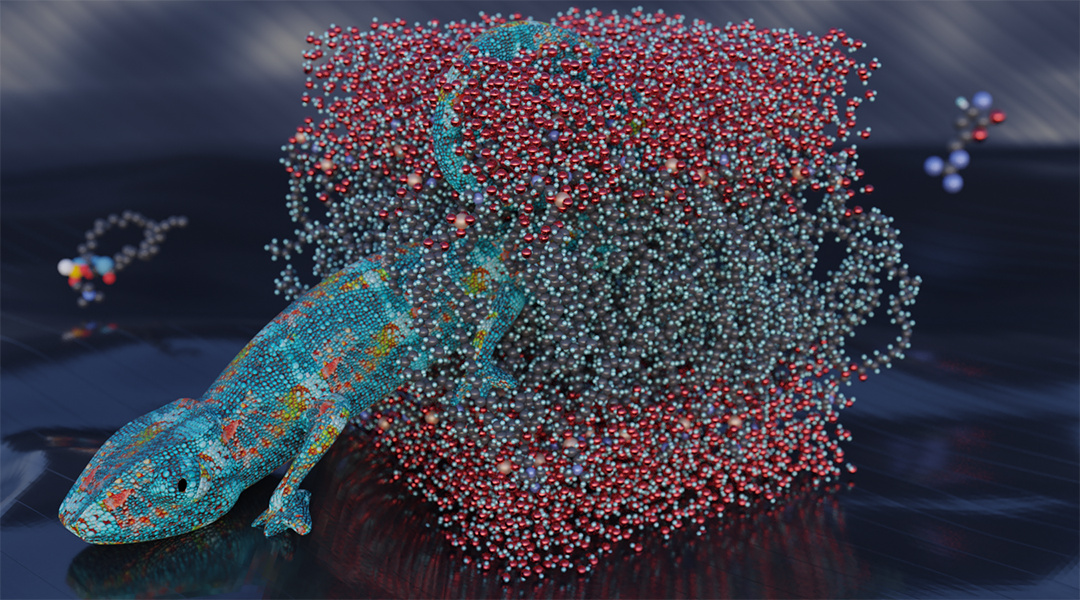Researchers shed light on the conditions that could have led to our abiogenesis by simulating the rapid growth and fusion of protocells.


Researchers shed light on the conditions that could have led to our abiogenesis by simulating the rapid growth and fusion of protocells.

New study provides the best estimate to date that bacteria could survive a trip to Mars.

Researchers explore the different mechanisms viruses have evolved to effectively seize host cell ribosomes, and the role they play in the virus’ life cycle.

Computational methods allow researchers to delve deeper into molecular processes, beyond what can easily be achieved with current experimental techniques.

RNA “sandwiches” perform crucial roles in a range of bacterial metabolic pathways.

Understanding the mechanisms that regulate coordinated growth in the body and the remarkable parallels between species allows scientists to create a universal model for morphological scaling.

RNA plays a fundamental role in our health and biology, and advancements in imaging techniques are expanding our understanding of its life cycle.

Researchers have successfully induced a hibernation-like state in non-hibernating rodents, suggesting the possibility of synthetic hibernation for humans.

If bumblebees find too little pollen, they pierce the leaves of non-flowering plants in order to force them to produce flowers more quickly.

Identifying the critical questions regarding long distance regressive signaling and how they are important for understanding nervous system development and pathogenesis in neurodegeneration.